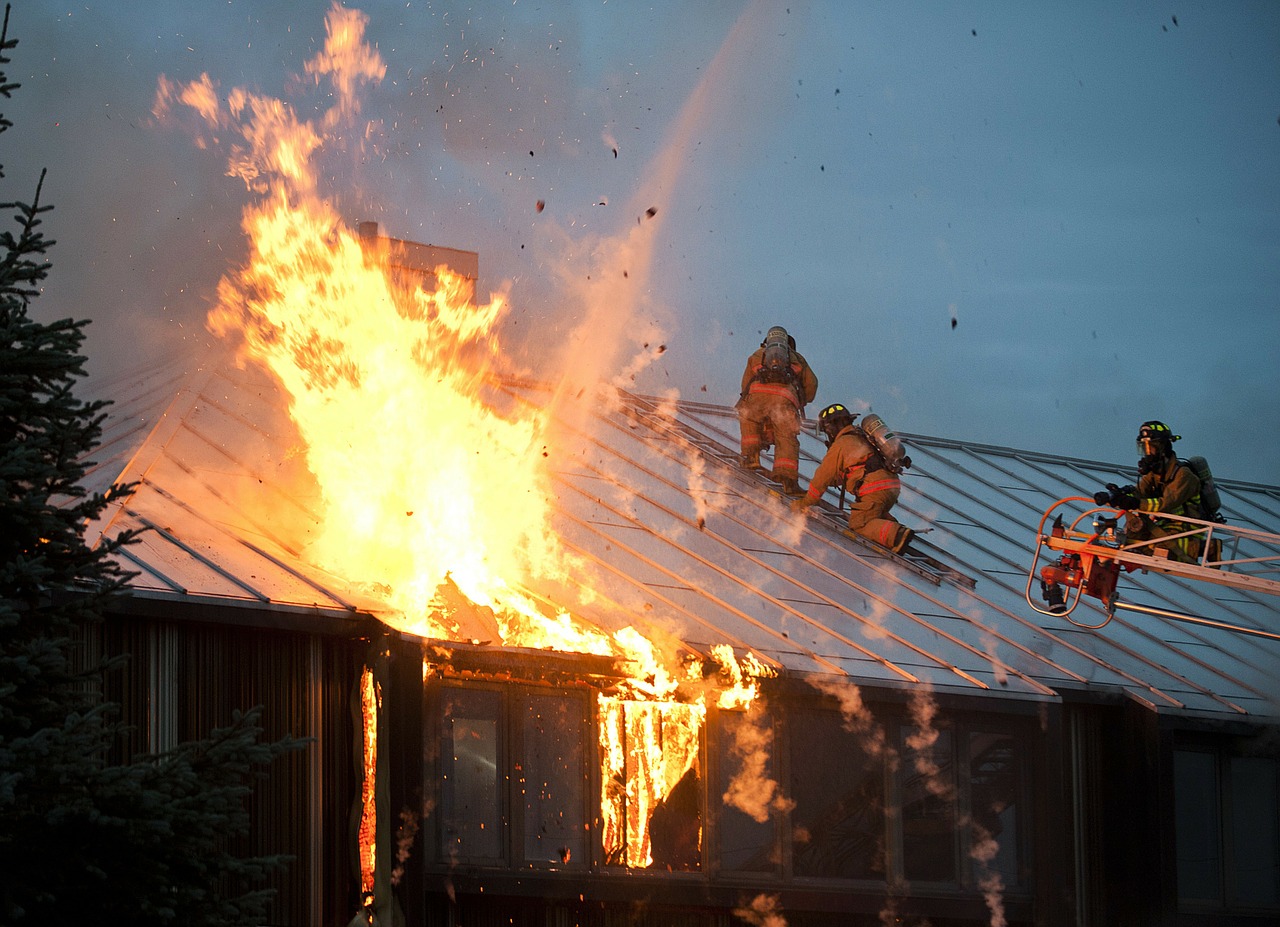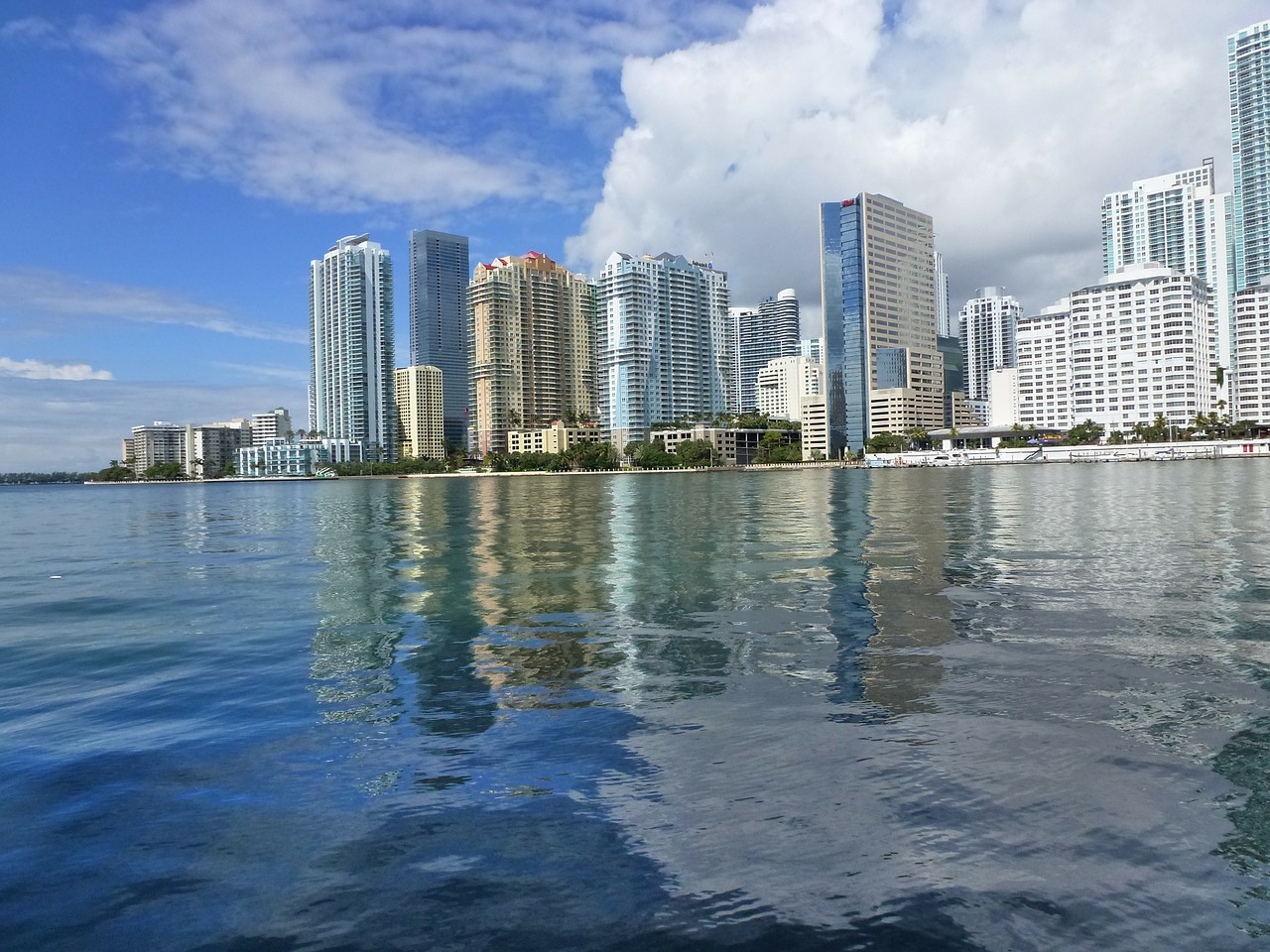As we approach the one-year mark when Super Storm Sandy ripped its way across entire communities on the East Coast pummeling houses and businesses, there are many lessons to be learned. Many businesses are still reeling from the effects of Sandy and are not back to their normal levels of revenue before the storm hit. Some found that they did not have adequate insurance coverage – whether flood insurance or business interruption due to supply chain disruptions. Others didn’t have an updated disaster plan in place to help mitigate their losses. What better time to re-evaluate a company’s disaster plan than now, if they haven’t already done so?
At IPOA, we specialize in placing insurance for properties throughout the United States, including condominiums and coastal properties, among many others. We also provide our brokers with risk management guidance to help insureds stem losses, including developing a clear disaster plan.
When it comes to condominiums, HOAs across the country should have a plan in place that helps them to prepare and recover from a disaster, such as hurricanes, tornadoes, flooding, wildfires, snowstorms, earthquakes, and landslides/mudslides, depending, of course, on where they are geographically. A disaster plan for every HOA has many key issues in common but there are differences that must also be taken into consideration and require special planning. These differences include: the size of the association and location of the condominium. For example, a multi-story condominium along the coast as well as in large urban areas is at a higher risk for fire, internal flooding and evacuation. Also, impacting a disaster plan is the number and type of units, amenities (marinas, clubhouses, tennis courts, pool dams), and population characteristics. For example, resorts tend to have a high concentration of absentee owners making a communications plan essential; some have higher populations of retired and senior residents, while some properties are near universities and may have a large student population.
In general, a disaster plan should identify procedures that will reduce loss of life and damage expenses. It should also identify procedures for post-disaster management. It’s important that a team of individuals is organized to contribute and participate in planning and/or implementation of the disaster plan. This team should include a representative of the
management company if applicable and at a least member of the board of directors. The board should also recruit residents with expertise in areas such as such as: medical, police, fire, insurance, legal, electric, plumbing, HVAC, and general contracting.
The disaster plan should be written and approved by the board of directors. The plan should be stored in multiple easily accessible locations. Periodically, the plan should be reviewed and tested. A checklist of steps, procedures, and supplies should be created.
Included in a Disaster Plan
The principal components of a disaster plan should include:
• An Assessment of Disaster Risk (a look at previous disasters and potential future risks, including appropriate risk-transfer mechanisms, such as applicable insurance)
• Budget/Financial Plans (ex: funding for pre-disaster supplies and equipment, insurance deductibles, uninsured losses, debris removal, demolition, and other emergency expenditures; authorization and approval of contracts/expenditures during disaster)
• Board Coordination with Management Company (coordination with management company of special considerations for communications, extra staff, special support personnel, additional expenses for disaster management, contract and spending authority, etc.)
• Safeguarding Important Documents & Electronic Files (including covenants, bylaws, insurance policies, bank accounts, etc.)
• Communication Plan (summary of pre- and post-communication methods, including addressing issues such as elderly and at-risk residents, residents with special equipment such as four-wheel drive vehicles, jet skis, boats, etc.; absentee owners; those with disaster decision-making authority)
• Evacuation Plan (summarize procedures for community evacuation, including evacuation route maps and directions, identifying nearest public shelters, and taking appropriate measures to pre-approve authorized individuals for post-disaster access credentials)
• Physical Plant Inventory (summarize clubhouse, pool, tennis windscreens, equipment records; records of cutoff valves and switches: water, gas, electric, sprinklers, alarms, etc.)
Special facility considerations should also be included in the disaster plan for those properties that include a marina, dock, boats, etc.
IPOA has programs and markets for condominiums, including high-rises and townhouses, and other properties to help protect against a potential disaster or event. Additionally, we can assist you in putting together a disaster and business continuity plan for your clients. Please give us a call at 877-653-IPOA(4762).







